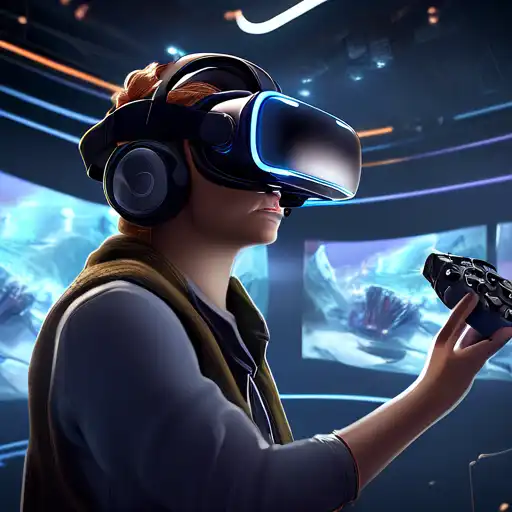Understanding the Complexities of VR Content Development
Virtual Reality (VR) has emerged as a groundbreaking technology, offering immersive experiences that were once the stuff of science fiction. However, the path to creating compelling VR content is fraught with challenges that developers must navigate. From technical constraints to creative dilemmas, the process is as complex as it is rewarding.
Technical Limitations and Hardware Diversity
One of the primary hurdles in VR content development is the vast array of hardware available. Each VR headset comes with its own set of specifications, requiring developers to optimize content across multiple platforms. This not only increases development time but also necessitates a deep understanding of each device's capabilities and limitations.
High Development Costs
Creating VR content is an expensive endeavor. The need for specialized software, high-end hardware, and skilled personnel can quickly escalate costs. Small studios and independent creators often find it challenging to compete with larger companies that have more resources at their disposal.
User Experience and Motion Sickness
Ensuring a comfortable user experience is paramount in VR development. Motion sickness remains a significant issue, with many users experiencing discomfort during or after VR sessions. Developers must carefully design movements and interactions to minimize these effects, which can limit creative freedom.
Content Length and Engagement
Unlike traditional media, VR experiences are often shorter due to the intensity of the immersion. Keeping users engaged without overwhelming them is a delicate balance. Developers must craft narratives and environments that captivate users while respecting their comfort levels.
Overcoming the Challenges
Despite these obstacles, the VR industry continues to grow, driven by passionate creators and advancing technology. By focusing on innovation, collaboration, and user feedback, developers can overcome these hurdles and unlock the full potential of virtual reality.
Embracing Cross-Platform Development Tools
To address hardware diversity, developers are turning to cross-platform tools that streamline the creation process. These tools allow for the development of content that can be easily adapted across different VR systems, reducing both time and costs.
Community and Collaboration
The VR community is a vibrant ecosystem of developers, artists, and enthusiasts. By sharing knowledge and resources, creators can mitigate some of the financial and technical challenges associated with VR content development.
Prioritizing User Comfort
Innovations in VR technology are continually improving user comfort. From better motion tracking to more intuitive controls, these advancements are making VR more accessible and enjoyable for a wider audience.
As the VR landscape evolves, so too will the strategies for overcoming its development challenges. With perseverance and creativity, the future of VR content is boundless.
